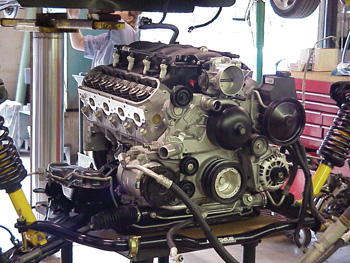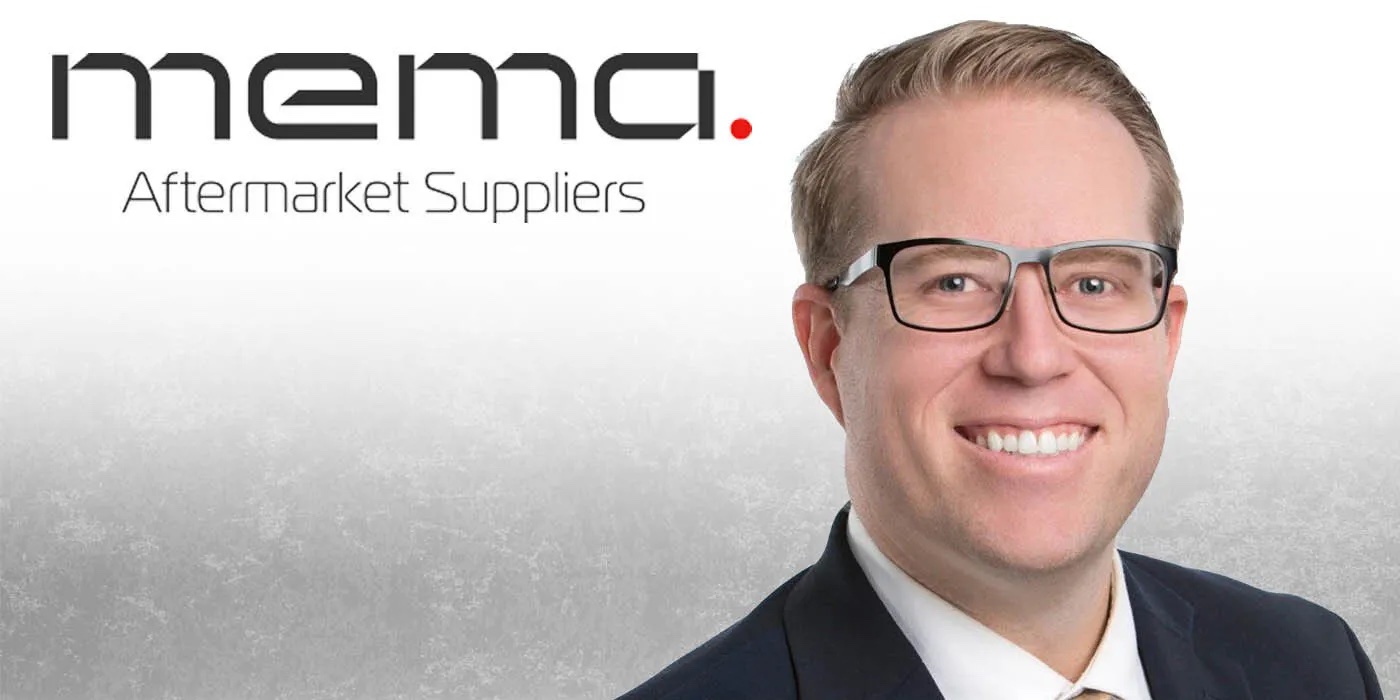Are engine parts such as crankshafts, bearings, pistons, rings, cams, lifters, pushrods, valves and other valvetrain components called “hard parts” because they are hard to sell? No, they are called hard parts because they are the hard metal components inside an engine. However, they tend to be slower-moving parts because there is less demand for engine parts and engine kits. Engines are lasting longer than ever these days and those that are being replaced are often replaced with a new or remanufactured crate engine rather than being overhauled.
 Many engine hard parts are not kept in stock but are ordered from a warehouse or distributor as needed. So it’s important to let your customers know that some parts may not be available for immediate delivery.
Many engine hard parts are not kept in stock but are ordered from a warehouse or distributor as needed. So it’s important to let your customers know that some parts may not be available for immediate delivery.
Engine hard parts often require a higher level of product knowledge to accurately identify the correct part for a particular application. Many internal engine parts can vary from one model year to the next, or even from one model application to another depending on the powertrain options. Consequently, you often need the VIN number as well as the year/make/model/engine size to figure out which parts are the correct ones for a given engine application.
One thing to keep in mind about engine parts is that a customer who is buying such parts often needs a LOT of parts, not just a set of pistons or bearings or whatever for his engine. If the lower end has worn parts, chances are the engine will need a reground crankshaft with matching rod and main bearings, a new oil pump, timing chain set, oil filter, oil, coolant and gaskets. If a customer is working on the top end of an engine, he might need valves, valve springs, valve guide seals, pushrods, maybe a net set of lifters and a cam, and gaskets (valve cover, intake and exhaust manifold, and head gaskets, plus head bolts).
Replacing the rings and bearings also is a more complicated job than just replacing the old parts with new ones. At the very least, the cylinders will have to be deglazed with a hand hone to provide the proper surface to break-in the new rings. If the cylinders are worn, they will have to be bored and honed to oversize, and the stock pistons and rings will have to be replaced with the correct oversize parts. Figuring out which set of pistons an engine requires can be challenging because of all the different ring sizes and compression ratios.
An engine kit can take a lot of the guesswork out of correctly matching parts while providing your customer with most if not all of the most commonly replaced parts in one box — including many of the smaller items that otherwise might have been overlooked.
Valve springs are an often overlooked engine part that should be replaced when overhauling a high mileage engine. Valve springs weaken with accumulated mileage and should be replaced whether or not a new camshaft, lifters and/or pushrods are being installed in an engine. Weak valve springs can allow the valves to float or bounce at high rpm, causing the engine to misfire or worse.
Exhaust valves are another item that usually need to be replaced in high-mileage engines. Exhaust valves run hundreds of degrees hotter than intake valves, and consequently suffer the most wear. If a valve gets too hot, it may “burn” and lose its ability to seal the combustion chamber causing a compression leak, misfire and loss of power.
One very important item that should be included with every engine parts sale is a tube of engine assembly lube. Protecting wear surfaces such as cam lobes, lifters and crankshaft journals and bearings with a layer of moly-based lube is critical for the initial break-in when an engine is fired up for the first time.







